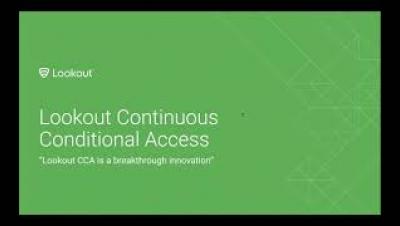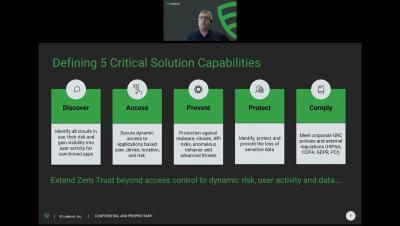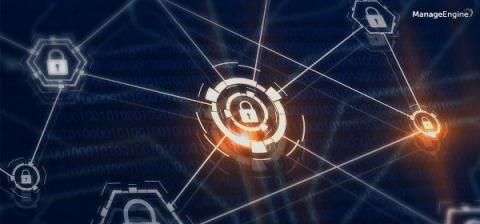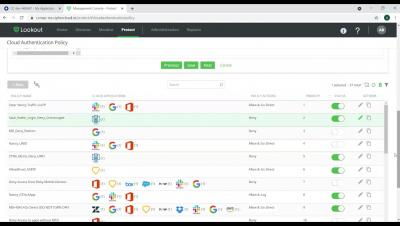Zero Trust: Public and Private Sectors Facing Similar Risks
Kevin Kerr, Lead Security Principal Consultant at Trustwave, participated in a discussion on Zero Trust with Steve Riley, Field CTO at Netskope during SASE Week 2021. The importance of Zero Trust is derived from how it functions. Instead of focusing on protecting a physical network, a Zero Trust network works by focusing on securing the resources that reside on or have access to the network such as data, identities, and services.











